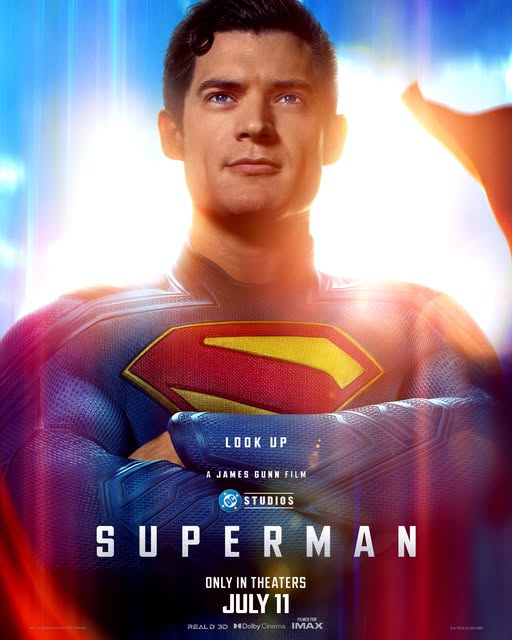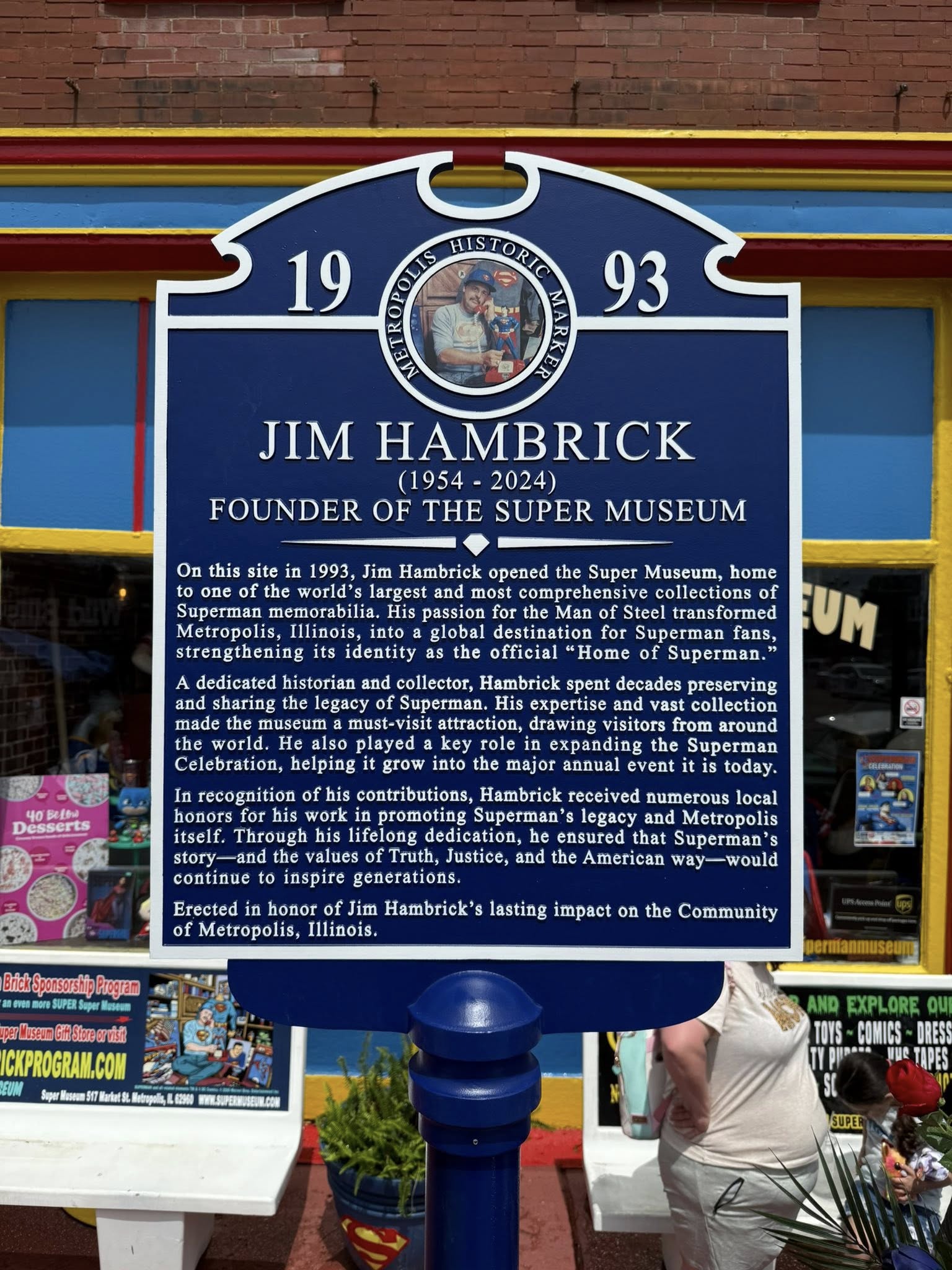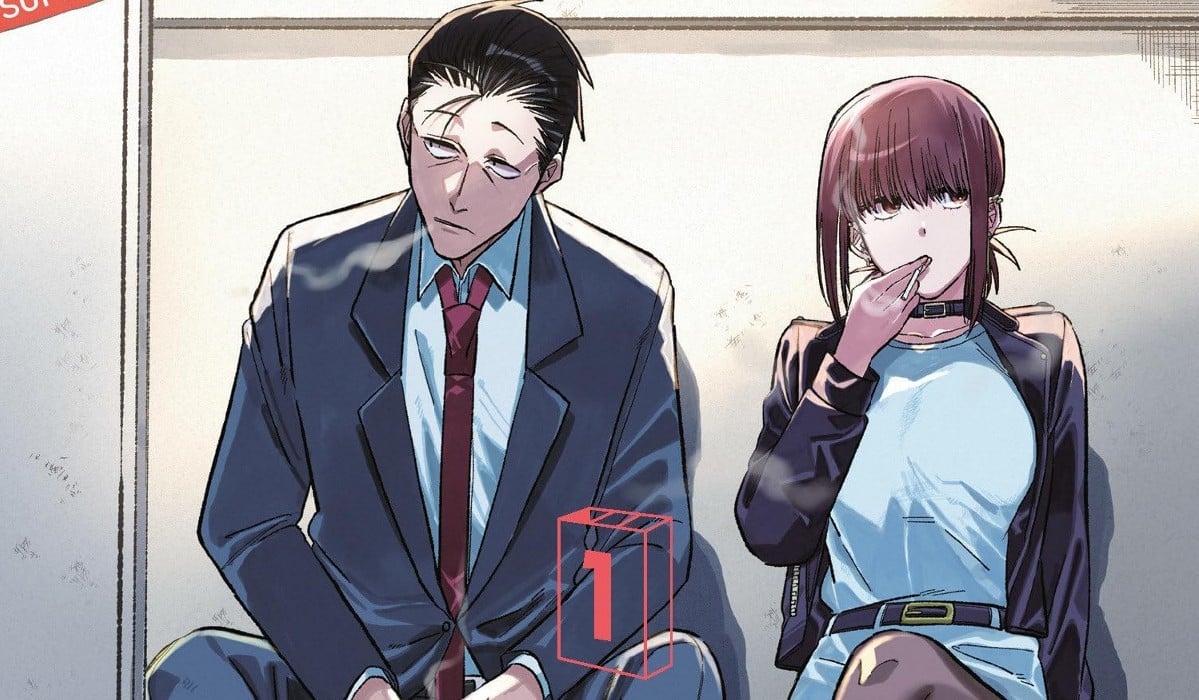Frank Miller and David Mazzuccheilli's "Batman: Year One". John Byrne's The Man of Steel. George Perez, Len Wein and company's Wonder Woman. All three late '80s comics, published after the 1985-1986 Crisis on Infinite Earths, updated and modernized the origins of the greatest DC Comics heroes, re-presenting their specifics and establishing themes and styles that were meant to influence future portrayals and, indeed, they would do just that...at least until DC decided it wanted another continuity-cleansing Crisis.
Does the 1988 Plastic Man mini-series written by Phil Foglio, pencilled by Hilary Barta, inked by John Nyberg (and featuring some contributions from Kevin Nowlan and Doug Rice, to be discussed later), deserve to be mentioned among those same seminal comics?
Well, probably not. Heck, DC has never even collected it into a trade paperback, let alone kept it in print as an evergreen introduction to the character, along the lines of Miller and Mazzucchelli's Batman arc.
But nevertheless, the series did mark Plastic Man's first real starring appearance after the events of Crisis*, it did introduce the character as if he were a brand-new one (ala Perez and company's Wonder Woman) and it did present a new, updated version of his origin and his status quo.
It also established something of a style and tone for the character going forward...that of a B-List hero with a wacky sense of humor, a character who may or may not actually be somewhat insane. (In my recent reading of all of the Plastic Man appearances I could find, only 1991's Action Comics #661 and 1996's Superman #110 and The Power of Shazam! #21 seemed to honor this miniseries' conceit of Plastic Man literally seeing the world in a cartoony way that deviated from reality.)
It wouldn't be until later in the 1997-2006 JLA series that writers would attempt to tell more serious Plastic Man stories, with Mark Waid briefly exploring his criminal past when the Leaguers find their heroic and civilian identities split apart and Joe Kelly revealing that Plas has and estranged son.
The 1988 Plastic Man was, again, written by cartoonist Phil Foglio, who would go on to create two more humor-focused miniseries for DC, 1991's Angel and The Ape and 1993's Stanley and his Monster revamps, both of which he would pencil himself. Today he's probably better known for his own series, Girl Genius.
He was paired with the great Hilary Barta, who spent much of the 1980s as an inker, but was here handling the pencil art, and inked by John Nyberg. In addition to inking, Barta would go on to contribute to Marvel's What The--?!, Image's Stupid, DC's Paradox Press Big Book of... series and Bongo's Simpsons comics; I personally first encountered his work with Alan Moore on America's Best Comics, where he drew the not-entirely-unlike-Plastic Man feature "Splash Brannigan," one installment of which featured a stealth cameo by Plas, disguised as a red carpet.
The creative team also included Kevin Nowlan, who was credited with "Reality Checks", pages in each issue showing the "real world," as opposed to the world as seen by Plastic Man and Woozy Winks; Doug Rice, who the Grand Comics Database says was responsible for some layouts and gags (The fourth issue credits him as "Consultant); and colorist Rick Taylor and letterer Willie Schubert.
The very first page of the series is drawn by Nowlan, in that realistic style; it could not be further apart from that of Barta, which accounts for 21 pages of each issue. It is Nowlan who draws the essential origin story, in which Eel O'Brian and a gang of other criminals are attempting to rob a chemical plant when Eel is shot, some sort of acid gets into his wound and his co-conspirators all abandon him to his fate.
Rather than making it to a swamp, where he is discovered by a kindly holy man who conceals him from the police and tells him he believes there is good in him, as in creator Jack Cole's original, 1941 Plastic Man story (collected most recently in DC Finest: Plastic Man—The Origins of Plastic Man, which I wrote about him this post) Eel simply blacks out, the last panel of Nowlan's page being all-black.
The next page opens with similarly black panels, filled only with colorful sound-effects (CLANK! rattle CLANK!), Eel's slowly opening eyes, and his own hesitant dialogue bubbles. He finally awakens, to find himself in a garbage can, an unhoused person trying to steal his tie, and everything, himself included, looking quite different, as Barta and Nyberg have now, of course, taken over art duties.
Barta's artwork, which you can see on the cover, is the work of a humor cartoonist more than that of a superhero comic book artist; sure, based on the cover alone, his Plas may seem a somewhat heroic figure, but look at his Woozy and all the other characters on it. That gives one a sense of the look of the book.
Every panel is filled with what Mad magazine's Will Elder used to call "chicken fat," extra, extraneous visual gags built atop visual gags that don't exactly move the plot but add flavor and texture to the proceedings. Most of Barta's panels deserve to be not only read, but paused at and pored over, allowing one to enjoy the detailed characters, caricatures and other funny business in the crowd scenes, backgrounds and foregrounds.
As for his suddenly transformed Eel, Barta's take on the character actually reminded me a bit of the art of Peter Bagge (although Bagge's best-known work, Hate, wasn't yet released at the time that this Plastic Man series was being created). Like a Bagge character, Barta's post-acid Eel was all face, with long, curving, looping, seemingly bone-less limbs; these stretched out of the sleeves and legs of Eel's suit, as he tried to make it out of the alley while being inconspicuous, people fleeing left and right as he walked down the street, screaming about a monster.
He's eventually rejected by his own gang, who also think he's a monster, and then chased by the police, and then the army, all of them shooting to kill. After a disgusting escape through a toilet bowel to the sewer (he emerges from a pipe spitting brown liquid with a "SPLURT" sound effect), he tries to drink his troubles away but is eventually tossed out of a bar on skid row.
Resolving to throw himself off a bridge—which we, of course, know wouldn't actually work—he meets Woozy Winks, who is carrying a fishing pole and asks if he happens to have a spare nightcrawler in his pocket. Eel is shocked that Woozy isn't shocked at his constantly changing appearance, but the newcomer explains that he sees weird stuff like Eel all the time, and that he's pleased to see that Eel is actually real.
"Usually the really interesting things that I see aren't real!" Woozy says, before explaining that he was happily a resident of an asylum—a sign in front of the building in his flashback says "Arkham Asylum"—"Then something called Reganomics forced them to send me out into the world" and into the streets of New York.
Barta's Woozy is probably the best Woozy I've ever seen, outside of Cole's own hard-to-get-right, jowly version of the character. Barta gives him the green polka dot shirt and now old-timey hat, and the design seems like that of the later, perfected version that Cole used to draw: A big, somewhat pear-shaped head, big eyes, a bulbous nose that looks like it belongs to a Muppet rather than a man, a mouth full of big white cartoony teeth and a round, fat figure that is still capable of many energetic and dynamic poses.
Now under Woozy's wing, Plas tests out the limits of his powers, dons "some sort of circus outfit" (the only garment they treat with the plasticity-granting acid that doesn't dissolve) and decides whether he should use these new abilities for good or ill.
Faced with this momentous decision, they decide to flip a coin—the very same manner in which the Woozy of the 1940s decided how he would use his own supernatural gift of protection by nature (As in the Cole story, we don't see how the coin flip turns out immediately).
The answer comes when Plastic Man captures his own old gang during an attempted bank heist, after which he's mobbed by the media, and has to pull Woozy away from the open bank vault, his sidekick shouting, "Two out of three! Two out of three!"
Though there are obviously liberties taken with Cole's original origin (and a topical gag about the Reagan administration that now dates the story even more so than the gangster stereotype Eel adhered to), the basic gist remains. Foglio, Barta and company benefited from the hindsight to know where Cole was going with his feature in a way that Cole—who was, of course, making it up as he went along—did not, so their Plastic Man arrives pretty much perfectly formed.
It's therefore a farily perfect re-telling of Plastic Man's origins, and a comic book that is completely complete on its own (It would slide neatly into any sort of future "Best of" collection of Plastic Man stories).
There are, of course, three more issues to go.
Each of these is similarly a done-in-one comic that reads just fine on its own, and doesn't require one to have read the previous issue, or have any idea at all what might be going on in the greater DC Universe (although the final issue does have an Invasion logo, and is labeled "Not an Invasion Aftermath Extra!").
In the second issue, Woozy and Plastic are roused by some city cops along with the other unhoused folks sleeping in the park (in their case, Woozy is on hammock made out of Plastic Man tied between two trees).
They attempt to get a job as bank security guards, but the bank is robbed mid-interview. The thieves are known as The Ooze Brothers, a trio of cartoonish criminal types who have been mutated thanks to their diet of fish from the most polluted of waters. Now living up to their name, they are essentially living ooze in human form. (I would say we're lucky to not have the same environmental problems that America had in the 1980s, but, well, the Captain Planet villains in the Trump administration seem bent on making environmental degradation great again.)
Eventually our heroes succeed, in a way that actually even improves the lives of our villains, and, with the reward money they receive, they are able to secure a rundown office and open up a private detective agency. (There are a few allusions to let us know this book is indeed a DC comic, including mentions of Martian Manhunter, Belle Reeve and Batman in the dialogue; the final issue includes a mention of Booster Gold, a Superman cameo, and Superman rattling off a list of DC heroes who owe him a favor).
If the second issue presented us with a new status quo for Plastic Man and Woozy Winks, the third issue deviates from it. Feeling underappreciated, Woozy joins a cult—a bunch of beautiful women in robes asking him to do so seals the deal for him—and he takes off for California with all of his and Plas' money (which is, of course, in a sack with a dollar sign on it).
As toga-wearing guru Ramalama (whose name is always followed by a "ding dong" sound effect made by the ringing of a nearby bell) reveals his master plan, which involves getting thousands of followers to dance on the San Adreas fault line and thus break California off into the Pacific Ocean, Woozy snaps out of it. He joins Plastic Man and an eccentric old man who claims to be an Atlantean wizard named Arion (Arion VI, not the Arion you are probably thinking of, whom he doesn't the least bit resemble) to save the day.
There are a lot of jokes about how weird California and Californians are, especially as opposed to the "normal" people of New York, including an in-story explanation for that weirdness. Having never been to California and only ever visited NYC, these jokes didn't really land with me, and I suppose your mileage may vary. They certainly seem old and tired in 2025, but then, this series is 37 years old now.
The final issue of the series is the one that likely aged the poorest, as its plot revolves around the unhoused, who are referred to throughout variously as winos, bums, street people and bag people. Our heroes first realize something is amiss on the bus ride back to New York from California, as the bus seems completely full of "winos" (There's even a person in the overhead baggage area).
When they return to the city, it too is filled with the unhoused, and the city mayor no sooner hires Plastic Man and Woozy to figure out what's going on than his honor is kidnapped by a robot.
The plot that emerges sounds vaguely Douglas Adams-y. See, the Ooblort Space Confederation's welfare department has done such a good job of taking care of all the indigent in their jurisdiction that they've now run out of customers and, if they can't find more indigent to care for by the next budget meeting, they will be shut down.
And so they turned to earth, gathering the poor from all over the country and summoning them to New York City (via voices in their heads; see, they weren't talking to themselves all this time, but with the aliens). To keep the Earthlings in their "natural habitat," the aliens—who look an awful lot like SpongeBob's Patrick Star, although that cartoon was still 11 years in the future—plan to just take the whole island of Manhattan with them into space.
With Plastic Man busy fighting their robots, it's up to Woozy to rally the assembled masses to take on the aliens. While they are unmoved by Woozy's insistence that the disappearance of Manhattan will have deleterious effects on the world economy, when he tells them that the alien ship is full of old shoes, they spring into action, raiding the ship and tearing out everything they can, carrying away vital components in their shopping bags.
It's then that Superman—drawn quite off-model, in order to comport to Plastic Man and Woozy's view of the "real" world—arrives to lend a hand, as apparently when Manhattan is dropped back into place, it's facing the wrong way. (In addition to Superman's appearances, there are off-handed references throughout the series to Martian Manhunter, Batman, Belle Reeve and Booster Gold, letting readers know it's technically set in the DC Universe, although that setting doesn't come into play at all.)
All in all, it's a quite solid series with masterful work by Barta, and one that could really use a collection.
Maybe it will finally get one if James Gunn decides to do a Plastic Man movie in the near future...
*Between the time the last issue of COIE shipped and the first issue of this miniseries, Plastic Man appeared in an issue of DC Comics Presents (which seems to be set in pre-Crisis continuity, as it has Jimmy Olsen becoming Elastic-Lad during its proceedings) and issues of DC Challenge I've read but forgot the contents of (I think that series could use a collection, personally). He also had cameos in the Golden Age-set All-Star Squadron and Young All-Stars, as well as a cameo in Infinity Inc (although I'm not sure if that last one was a flashback to the Golden Age or set in modern times having, never read that one).
So even the fact of whether he debuted in the new, post-Crisis DC Universe's Golden Age of the 1940s or, like Wonder Woman, was debuting for the first time in the late 1980s seems to be a point of confusion right off the bat for the then-new continuity.
History of the DC Universe, an illustrated prose book published in 1986 and meant to delineate the new, post-Crisis continuity only featured a cameo of Plastic Man, in which he appears in a crowd scene devoted to the All-Star Squadron, which would have meant he was a Golden Ager.
DC would change that in the next official history of the DC Universe they offered, however, in the timeline that followed the story in Zero Crisis #0, recently collected in DC Finest: Zero Hour: Crisis in Time: Part Two. According to that, Plastic Man debuted "8 Years Ago", during the "New Heroic Age" ushered in by Superman's debut two years previously (Interestingly, according to this timeline, Elongated Man pre-dates Plas in the new continuity by one year).
That was the post-Crisis, pre-Infinite Crisis timeline, though. Who knows what continuity is supposed to be now. Perhaps we'll find out when DC publishes its upcoming New History of the DC Universe...























 English (US) ·
English (US) ·